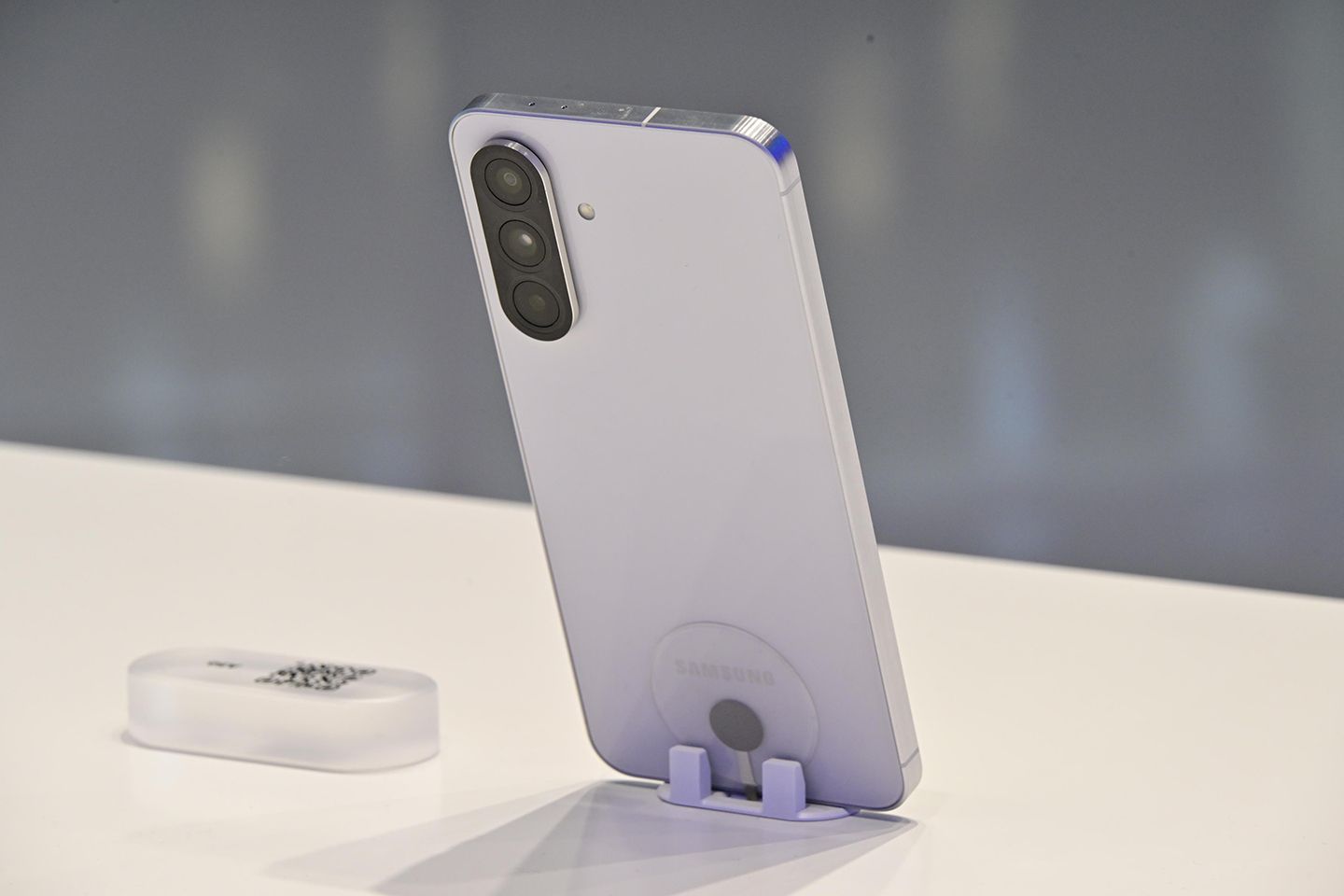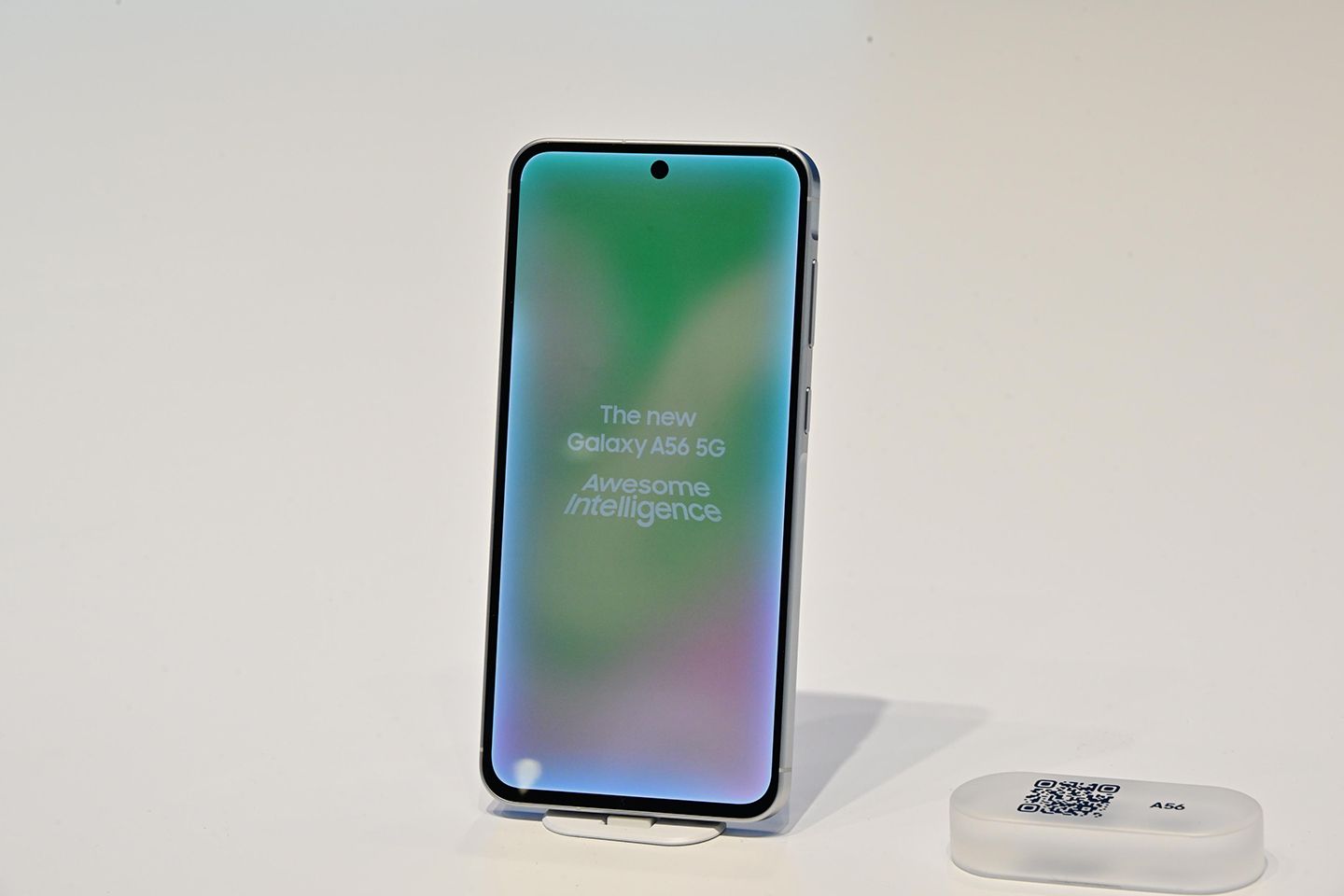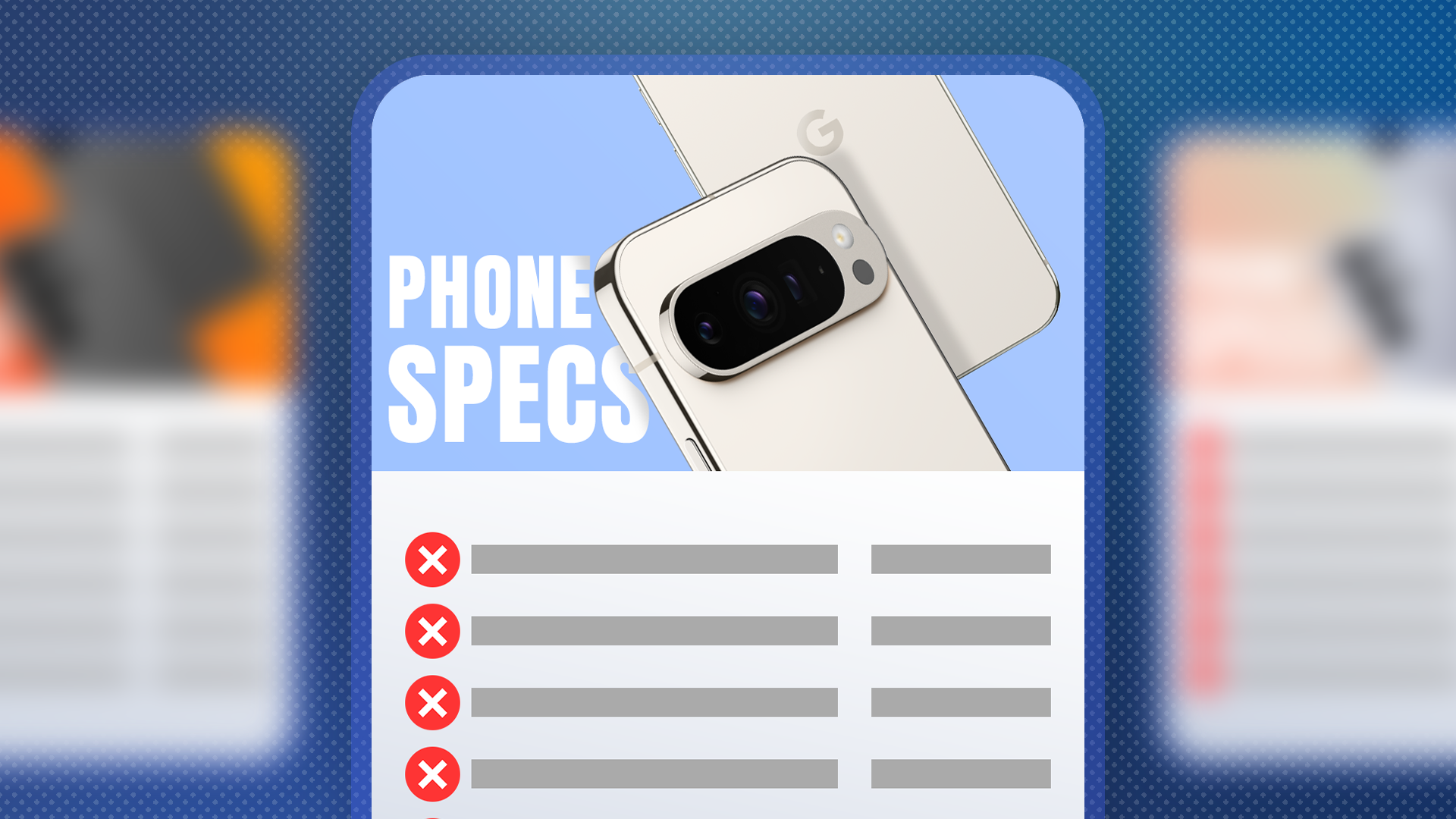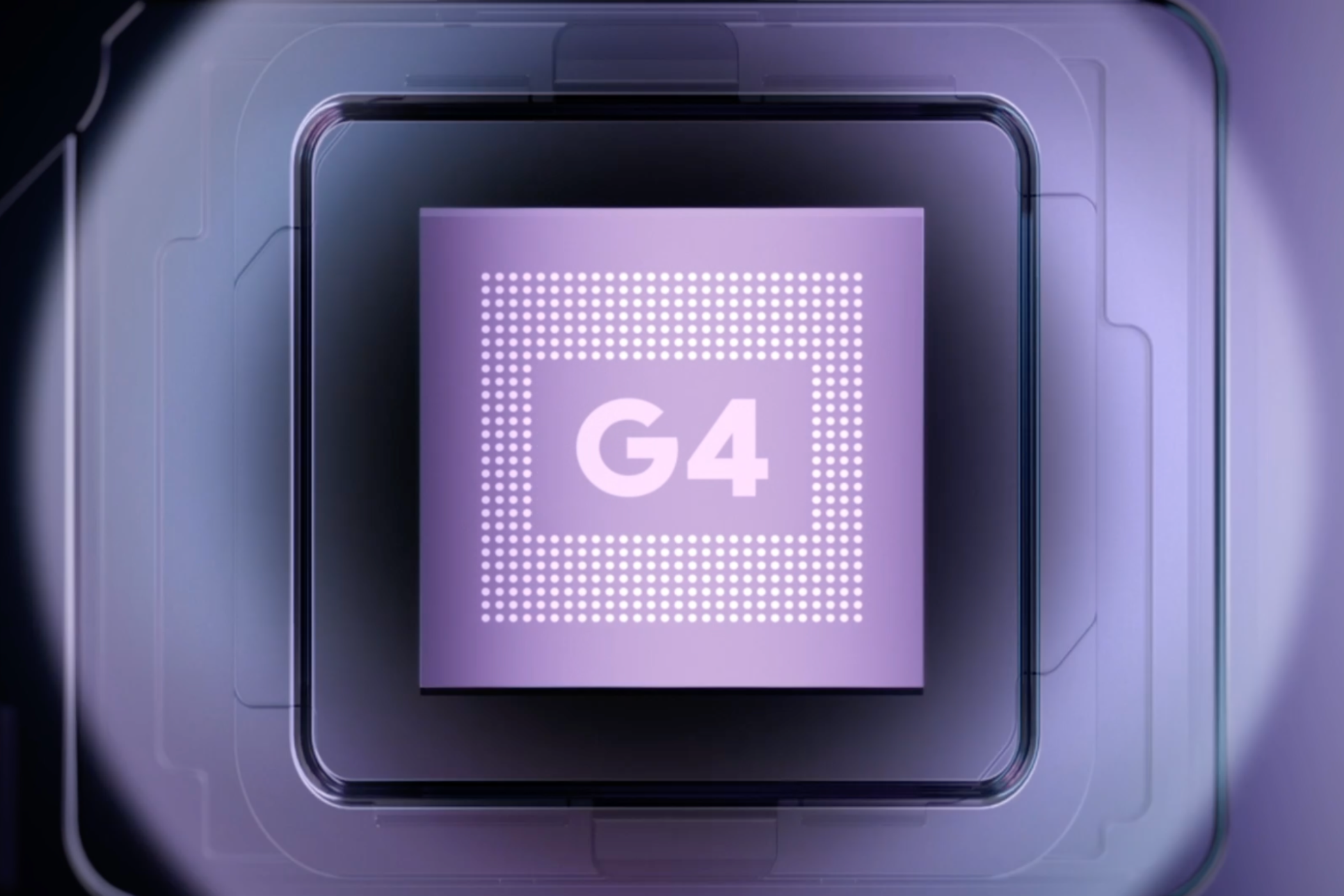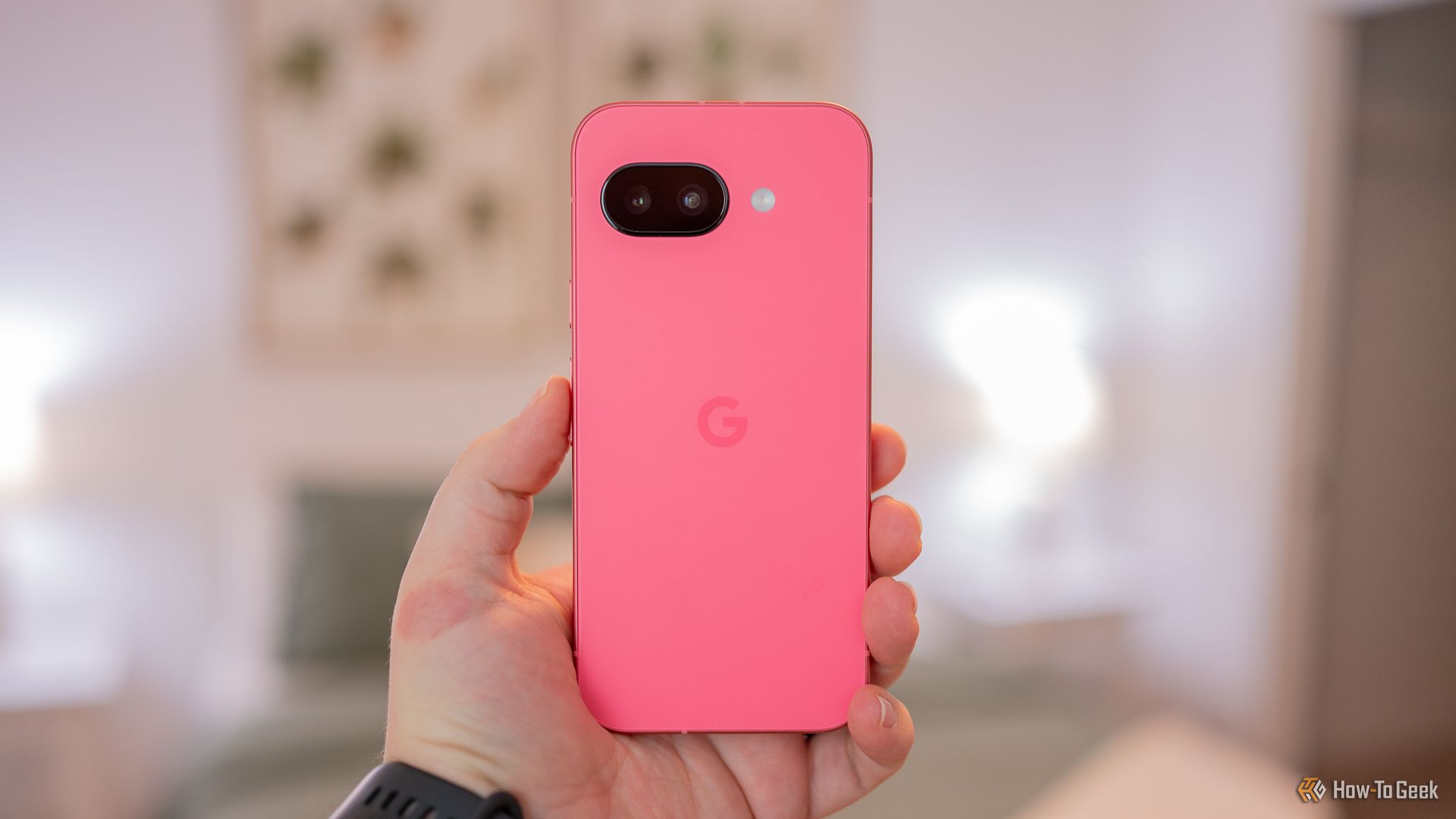Google’s latest mid-ranger, the Pixel 9a, is here, and it’s going toe to toe with Samsung’s Galaxy A56. Both devices offer amazing value, but depending on the type of user you are, one might be a significantly better deal.
Price and Availability
Both the Pixel 9a and the Galaxy A56 start at $499, with the base model of both devices sporting 8GB RAM and 128GB storage. Both devices offer up to 256GB storage, but only the A56 comes with a 12GB variant.
The Pixel will be available starting April 10, 2025, on Google’s official online store and via retail outlets. Samsung has confirmed the Galaxy A56 is coming to the US “later this year” but with no definitive release date, supposedly to avoid jeopardizing the sales of the S25 series.
The Pixel 9a is available in four colors: Obsidian, Porcelain, Iris, and Peony. The Galaxy A56 also comes in four rather dull colors: Pink, Olive, Graphite, and Lightgray.
Galaxy A56 Is Taller and Slimmer Than the Pixel 9a
The Pixel 9a flaunts a brand-new, completely flat design with no camera bump, which is unlike any of the other phones in the Pixel 9 series. Scratch that, it’s unlike anything we’ve seen on any major smartphone series in a long time.
The new design is rather polarizing. While some love the absence of a camera bump, others are not too happy about losing that iconic Pixel camera visor (although it does retain the pill shape of the camera cutout). Personally, I kinda like the new design for its minimalist look.
The Galaxy A56 also sports a new design, but I’d much rather have the individual camera rings of its predecessor, the A55 because they strongly resemble Samsung’s flagships. The A56 measures 162.2 x 77.5 x 7.4 mm, making it taller, broader, and slimmer than the Pixel 9a, which measures 154.7 x 73.3 x 8.9 mm. The former is also heavier at 198 grams, while the latter weighs 186 grams.
Both phones sport an aluminum frame, but the Galaxy A56 has a glass back, which feels premium in the hand, whereas the Pixel has a plastic back with a matte finish, which helps avoid fingerprints and looks super clean. The latter also has a superior IP68 rating for water and dust resistance over the IP67 rating of the former.
Galaxy A56 Has a Bigger Screen and Thinner Bezels
Most people prefer bigger screens because they are better for media consumption and multitasking, so the Galaxy A56 has a clear advantage here with its 6.7-inch panel. Not only that, the phone also has significantly smaller bezels compared to its rival, achieving an impressive 87.7% screen-to-body ratio.
That said, size isn’t everything. While the 6.3-inch Pixel 9a does lose some style points due to its massive (albeit uniform) bezels and 83.5% screen-to-body ratio, its brighter panel is better suited for outdoor use. The phone supports 2700 nits of peak brightness and 1800 nits in High Brightness Mode (HBM), while its rival is capped at 1900 nits and 1200 nits, respectively.
As a little side note: peak brightness doesn’t really matter; ideally, you should only check the max brightness in HBM as that’s the spec that tells you the maximum brightness the phone is capable of. Peak brightness is mostly a marketing gimmick.
Both devices have a variable refresh rate (60-120Hz) and an optical under-display fingerprint reader, but the Pixel’s display is technically sharper, with a pixel density of 422 PPI compared to 385 PPI on the A56, but this difference isn’t perceptible unless you’re nitpicking.
The Pixel 9a uses Gorilla Glass 3 protection on the front, whereas the Galaxy A56 uses the tougher Gorilla Glass Victus+ on both the front and back, making the latter more resistant to scratches and cracks.
However, I do want to point out that the angle at which your phone drops is a much bigger factor than the strength of the glass in determining whether the screen will crack. So, it’s wiser to use a case and a screen protector regardless of the phone you buy.
Pixel 9a Has a Larger Battery But Slower Charging
The Pixel 9a is nearly 20% thicker than the Galaxy A56, but Google has made good use of all that extra thickness by cramming a larger 5100mAh battery inside the device. The Galaxy A56 has a 5000mAh battery in comparison, which is standard for phones of that size.
This extra 100mAh might not seem like much, but it makes a big difference. Keep in mind that the Pixel 9a has a smaller screen, so its average power consumption will be lower than the A56, resulting in noticeably longer battery life.
The Galaxy A56 does reclaim some of its footing with its faster 45W charging, compared to the 23W on the Pixel, which is straight-up slow in today’s time. That said, if you’re someone who charges their phone overnight anyway, this difference wouldn’t be a big deal to you.
Only the Pixel supports wireless charging at 7.5W, and neither phone supports reverse wireless charging or comes with a charger in the box.
One UI 7 Is More Feature-Packed Than Android 15
Out of the box, the Galaxy A56 comes with One UI 7 based on the latest Android 15, which brings new features like Galaxy AI, redesigned app icons and widgets, Now Bar, Live Notifications, and the ability to enlarge app folders so you can launch an app without having to open its folder first.
The Pixel 9a comes with the stock version of Android 15, meaning it’s clean and free from bloatware that Samsung phones are notorious for. Of course, it also comes with all sorts of AI goodies, like Gemini Live, Circle to Search, Pixel Studio, and Add Me, but it doesn’t get the new Pixel Screenshots app and Call Notes, which are exclusive to the Pixel flagships.
The Galaxy A56 comes with six years of software support, while the Pixel 9a will be supported for seven. If you like customizing your phone and tinkering with new features, Samsung is the obvious choice. One UI is filled with useful features, some of which are so crucial to me that I really can’t imagine myself using a phone that doesn’t have equivalents.
Modes and Routines, for example, is easily the most advanced automation suite on any smartphone; edge panels and pop-up app windows allow you to multitask to your heart’s content; and Good Lock is all you’ll ever need to make your phone truly yours.
Tensor G4 Easily Outperforms Exynos 1580
The Pixel 9a gets the same 4nm Tensor G4 chip found on the flagship Pixel 9 series, which is both more powerful and more efficient than the 4nm Exynos 1580 chip on the Galaxy A56. I understand that Samsung is trying to protect its flagship Galaxy S series by using an inferior chip on its mid-range devices, but as a user, this compromise is upsetting.
I usually advise people not to obsess too much about benchmark scores because modern phones are already very powerful. Still, on phones where longer software support is a major selling point, more power does help in future-proofing.
If you only use your phone to do basic tasks like web browsing, texting, and scrolling social media, you likely won’t notice any difference in performance whatsoever. Neither of these devices is meant to handle prolonged and intense gaming sessions, but if you had to pick, the Pixel would be a safer choice simply because it has more raw power.
That said, the Galaxy A56 does have a 12GB variant that costs a bit more, so it has a higher ceiling for keeping apps in memory or doing AI-related tasks. Both phones use the UFS 3.1 storage standard, which isn’t the best but is perfectly adequate for phones in this segment.
Pixel’s Computational Photography Is Unmatched
The Pixel 9a comes with two rear cameras: a 48MP main lens with Optical Image Stabilization (OIS) and a second 13MP ultrawide lens with a 120˚ field-of-view (FoV). This is technically a downgrade from its predecessor, the Pixel 8a, which had a higher-resolution 64MP main camera. On the front, the Pixel 9a has a 13MP shooter identical to the 8a.
The Galaxy A56 comes with three rear cameras: a 50MP main lens with OIS, a second 12MP ultrawide lens with 123˚ FoV, and a third 5MP macro lens, which I doubt anyone even uses but can deliver passable macro shots in good lighting conditions. On the front, the phone has a 12MP shooter—a technical downgrade from its predecessor’s 32MP camera.
If you’re only looking at specs, the main camera on the Galaxy A56 has a bigger 1/1.56-inch image sensor compared to the 1/2.0-inch sensor on the Pixel 9a. That means, at least on paper, the former should be more capable. Still, smartphone photography today is less about hardware and more about the image processing that happens after you click the shutter button, and the Pixel is known for its camera system.
Don’t get me wrong; both phones take great photos, especially in the daylight, but Samsung tends to tilt toward cooler tones and processing your photos such that they are more shareable at the cost of looking a bit unnatural. That’s not inherently wrong because some people are really into that look, but personally, I would still side with the Pixel 9a for its more balanced approach and better low-light performance.
Which Is the Right Phone for You?
As you can see, both phones have their pros and cons, and neither is obviously better. If you care about cameras, battery life, and performance, pick the Pixel. If you want a bigger screen, faster charging, and more features, go with the Galaxy. There really is no definitive winner.
Both Google and Samsung phones lose their resale value rather quickly and get big discounts during the holidays, so I suggest waiting a bit to see if you can snag a deal then.
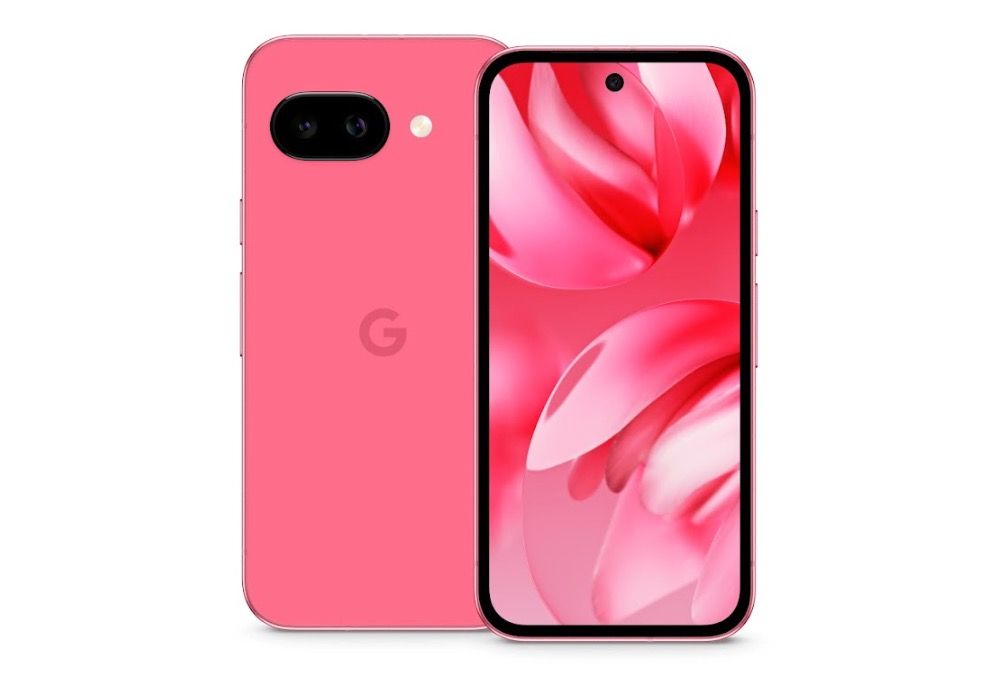
Google Pixel 9a
- SoC
-
Google Tensor G4, Titan M2 Security Coprocessor
- Display
-
6.3-inch, 1080 x 2424 pOLED, 60-120Hz, Corning Gorilla Glass 3
- RAM
-
8GB
- Storage
-
128GB, 256GB


